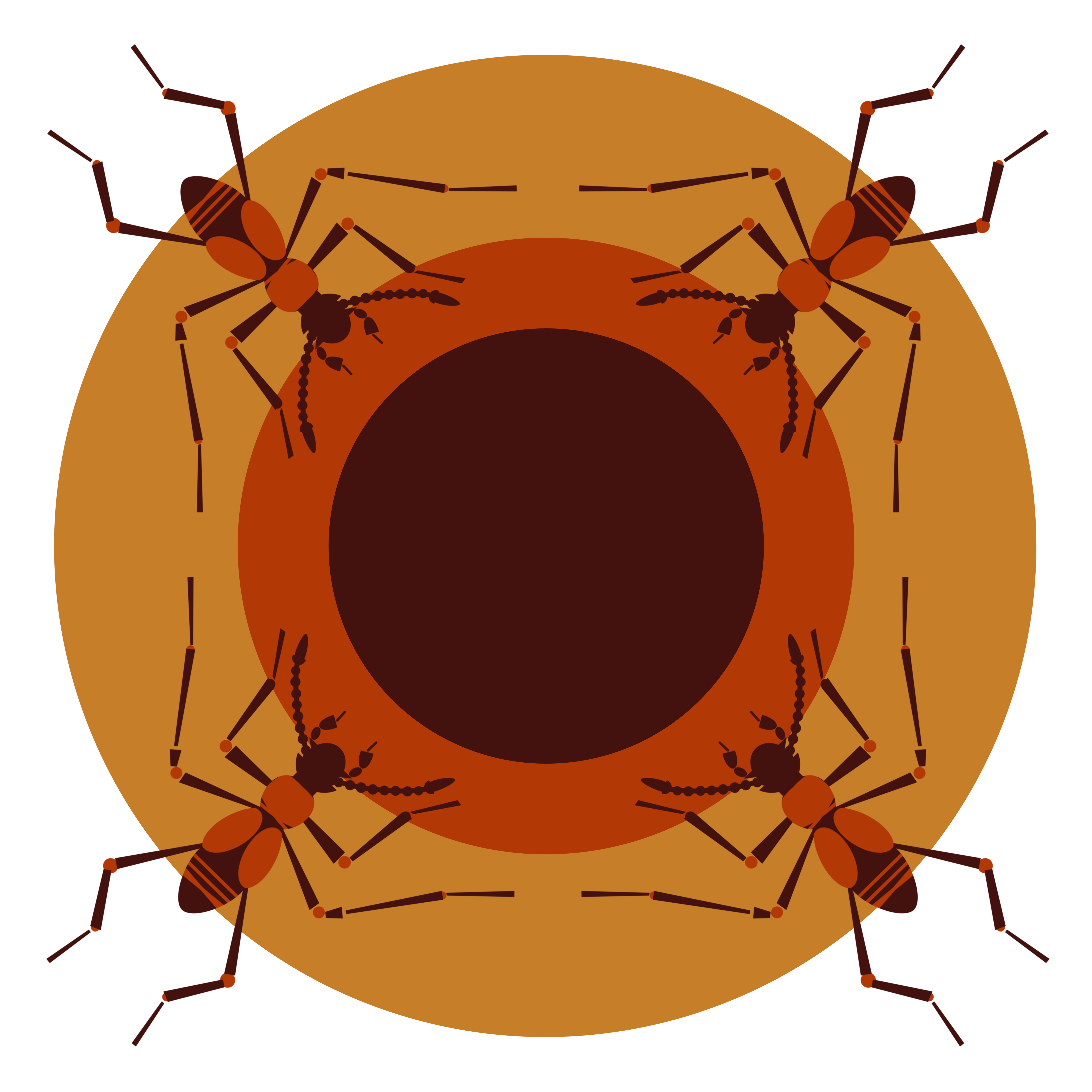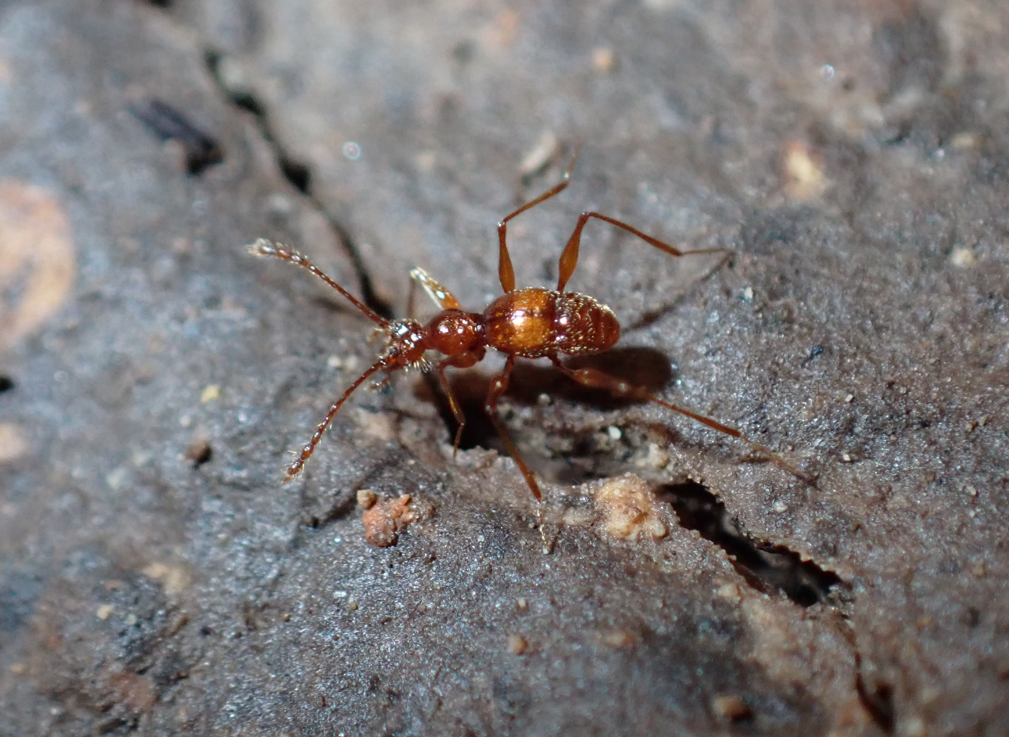Kretschmarr Cave Mold Beetle (Texamaurops reddelli) | Federally Endangered Insect

Deep beneath Texas’ Edwards Plateau, the tiny Kretschmarr Cave mold beetle (Texamaurops reddelli) lives in total darkness. Less than 1/8 inch long, this reddish-brown rare beetle has no use for eyes. Instead, it relies on sensitive antennae and legs to detect air currents, vibrations, and scents. Found in only a few caves in Travis County, Texas, its survival is threatened by urban development, pollution, and invasive red imported fire ants. Road construction and land clearing can destroy caves and disrupt the delicate underground ecosystem. Listed as endangered since 1988, the beetle’s future depends on protecting its habitat. Conservation efforts focus on preserving caves, managing invasive species, and safeguarding groundwater. By protecting these hidden ecosystems, we help ensure this unique species—and many others—continue to survive.
5% of the profits support Endangered & Threatened Species.
©Juliet Whitsett |Social: @juliet_whitsett_art. Purchase prints: HERE
Information generously reviewed by:
Colin Strickland & Mark Sanders, City of Austin Balcones Canyonlands Preserve Environmental Scientists
COLOR PALETTE SAMPLED FROM IMAGES OF THE Kretschmarr Cave Mold Beetle: Coming Soon
IMAGE:

Photo courtesy of Colin Strickland
RANGE:
Known to live in only a handful of caves or karst features in western Travis County, Texas, this species is endangered due to habitat destruction, degradation and fragmentation that results from urban development.
BIODIVERSITY OF TEXAS SERIES:
With approximately 90 state and federal endangered species and 140 threatened species in Texas, Whitsett’s work underscores the urgency of conservation while emphasizing that protection is still possible.
Through the process of developing species-derived color palettes sampled from crowd-sourced images, Whitsett creates original artworks that draw inspiration from these distinctive palettes, as well as the lives and forms of the rarest and most at-risk. Collaborating closely with scientists and leading experts, she continually seeks to deepen her understanding of these species, contributing to both environmental education and conservation.
Juliet Whitsett is an Austin-based artist and environmental advocate specializing in biodiversity, ecological storytelling, and public engagement. Through research-driven art, she makes scientific knowledge accessible, inspiring awareness and action for the natural world.
SOURCES:
Personal communication with Colin Strickland and Mark Sanders

